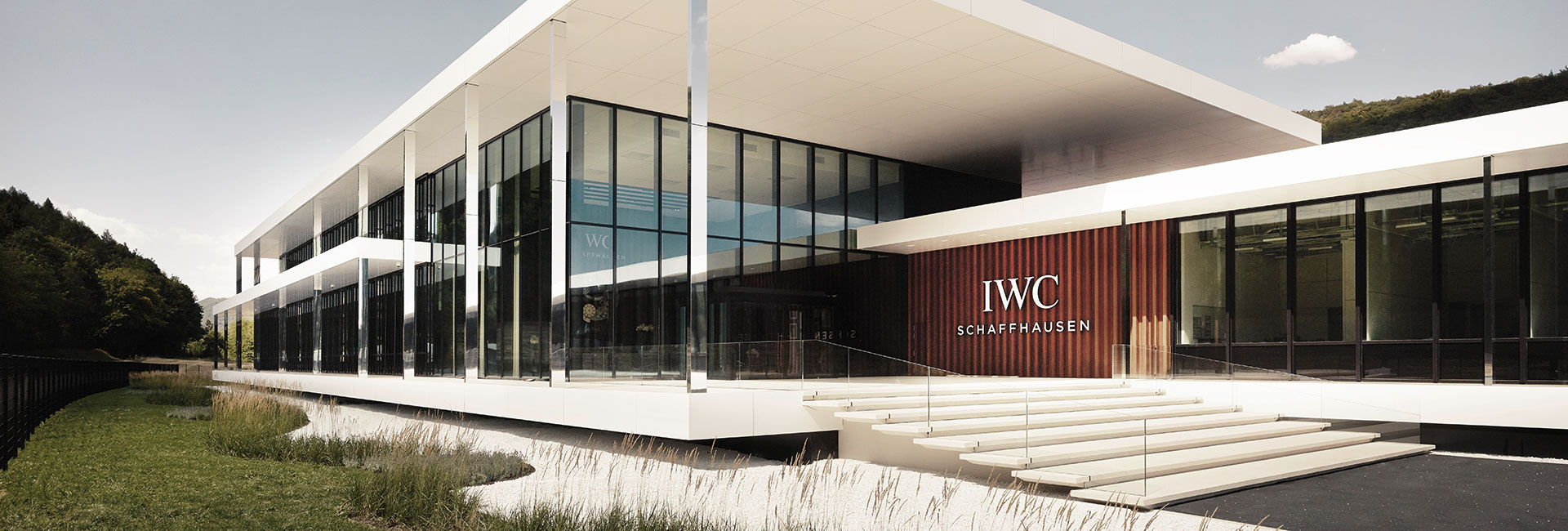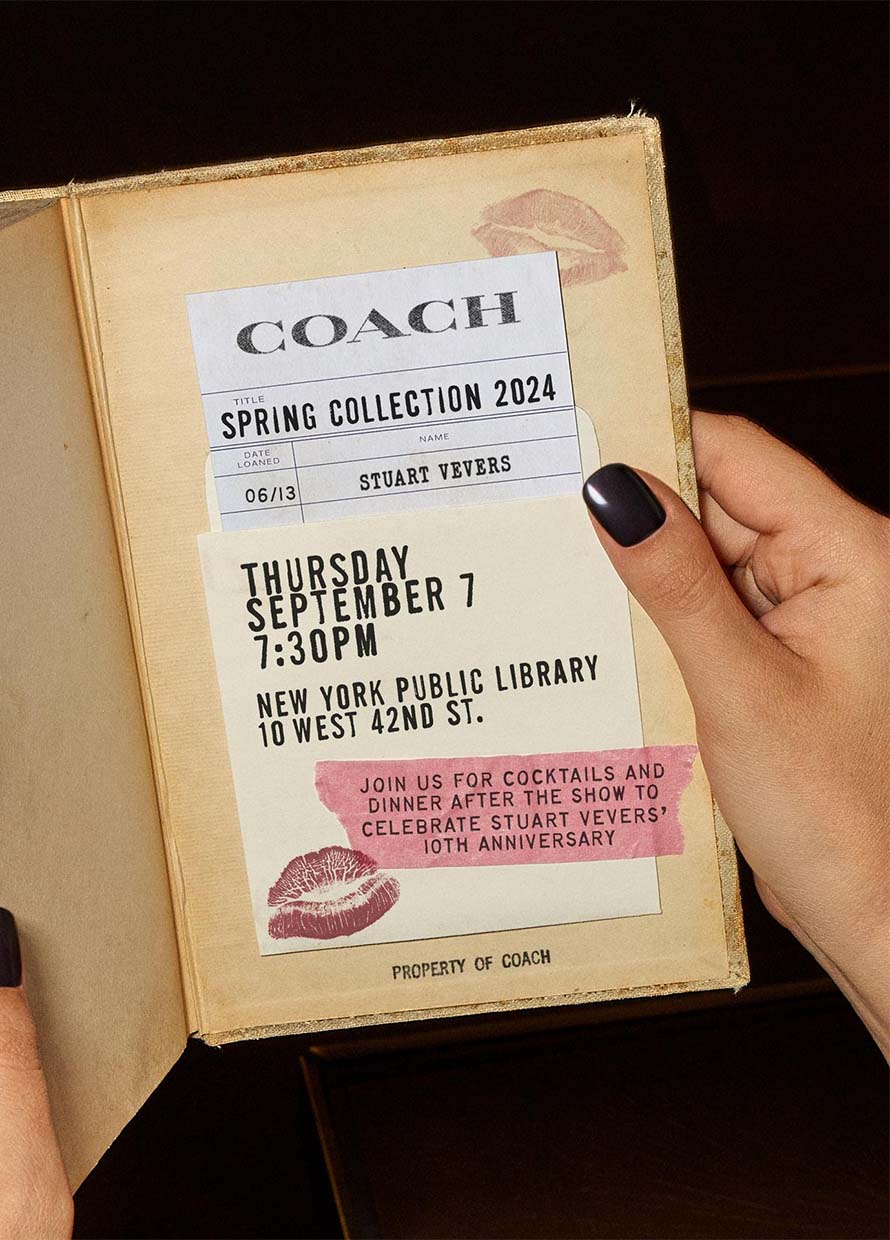IWC Schaffhausen’s new manufacture opens in Merishausen: CEO Christoph Grainger-Herr talks us through its design

Having personally overseen the blueprints for the new Manufakturzentrum in Merishausen, IWC Schaffhausen’s CEO Christoph Grainger-Herr definitely has a thing or two to say about the architecture. Raised from its foundation stone to a gleaming bastion of watchmaking in just 21 months, the new manufacture sits on the outskirts of the maison’s birthplace in the Swiss town of Schaffhausen, and its inauguration been timed such that it coincides with another milestone — that of IWC’s 150th anniversary.
While it certainly looks good on paper to chart a monumental bumper year for the brand – like the appointment of Bradley Cooper as IWC ambassador and the launch of its Googles Stories VR campaign, if you’re keeping score — the Manufakturzentrum was borne out of a need to accommodate the maison’s rapid growth. It is here at this new compound that IWC will bring together the production of movement components, manufacture movements and cases in one location — a feat never before accomplished in its long history. It’s also where the brand has set up the most cutting-edge technologies and sophisticated machines to be employed alongside its traditional handcrafted know-how.
But more than just a piece of real estate, the design of the Manufakturzentrum doesn’t simply make space for IWC to churn out more watches. Carefully mapped and intentionally planned in order to create an optimal working environment for its staff, the building has been engineered to embody the spirit of the brand, thanks to input from its CEO, who has a background in architecture. Case in point, the new manufacture is uniquely constructed with the consumer in mind, allowing curious visitors from around the world a close up look into IWC’s processes and how its watches are made.

IWC Schaffhausen’s CEO, Christoph Grainger-Herr
To illuminate the relationship between architecture and the role it plays in this new chapter for IWC, here’s the 101 on the Manufakturzentrum in an interview with Mr Grainger-Herr:
What was it about architecture that fascinated you as a young student?Architecture is about much more than just designing a utilitarian building. A building is a living space — an environment that directly affects the way people live or work. I see this in the Manufakturzentrum too, a building that over 230 employees call their professional “home”. The building’s architecture influences their day-to-day activities and their social relationships. An architect therefore needs to understand how people behave and how they interact with one another. This holistic approach has always fascinated me.
What was your role in all this?Once we had decided on what volume we needed in order to best accommodate the needs of production, I helped draw up the initial concepts for the design of the building exterior and set the architectural tone. In the next phase of the design process and during the construction process, I represented IWC in architectural matters and made decisions regarding the building’s aesthetics and the materials to be used.
What was your inspiration for the design?I had modernist exhibition pavilions in mind at the time. These pavilions have allowed countries to showcase their greatest achievements in terms of technology, trade and art. This blend of gallery, workshop and engineering trade fair seemed to me to be a fitting architectural foundation on which to base the design, and the classical modernist style is an excellent match for our brand. We are a manufacturer with a 150-year history, but we are also a manufacturer that looks to the future. This is perfectly encapsulated in modernist architecture. Rather than backwards-looking neoclassicism, it is a classical interpretation with a nod to the future.

The exterior view of the main entrance and southern wing
What requirements did you have as an architect for the Manufakturzentrum?The building obviously needed to offer optimal conditions for production and excellent working conditions for our employees. It was also very important to us to provide visitors with a unique experience. But we didn’t just want to build a functional factory — we wanted a building that was not only aesthetically pleasing, but also perfectly encapsulated the spirit of our brand. For this reason, we invested a great deal of time and thought into how we might be able to capture the essence of IWC in architectural form for our employees and visitors, in the same way as we would for our shops, for trade fairs and so on.
How can architecture foster good working conditions?Many production plants are designed as glass cubes. But this is not well suited to use as a production space because temperatures inside it can soar and it offers little shade from the sun. Furthermore, it is not easy to divide up a space like this because there is glass everywhere. We therefore wanted to avoid using all glass, but instead opted for panes of glass supported on a base and flat roofs that extend beyond the façade, so that the occupants could also benefit from the architectural sunshade effect that these provide. In conjunction with the automatic sunshade system and the mathematically calculated projection of the flat roofs, a flexible space has been created that can be easily divided as required and benefits from ample daylight but without any unpleasant glare from the sun.
{insert gallery tpl=”slide-freesize.tpl” id=”[Стандартная] IWC Schaffhausen manufacture” rid=”6484″ order=”a_tstamp”}
What other role does the architecture have to play here?When you first set foot in the new Manufakturzentrum, you immediately get a sense of what IWC is all about, as well as a sense of the pride that our employees take in their work. If production is divided up over multiple storeys or buildings, you don’t get that sense. To foster effective teamwork, we have set up special shop floor areas, for example. In these areas, teams can discuss objectives, quality requirements and current issues in the department itself. In this way, the architecture facilitates faster communication flows and improved processes. We also made use of various architectural tricks to create a rather special atmosphere — for instance, the projecting flat roofs are covered with wooden planks. This makes the new building feel a little like a house with a generously proportioned veranda, and creates a cosy ambience.
How are IWC’S brand values reflected in the building?The glass surfaces with their detailed black frames stand in stark contrast to the brilliant white projecting flat roofs — this echoes the kind of contrasts that feature on many of our watch dials. The building’s wooden core and the warm stone flooring convey a certain warmth and a sense of luxury. The production plant’s warm heart is enveloped by the cooler, almost laboratory-like atmosphere in the production areas. This juxtaposition of luxury lifestyle and precision engineering perfectly encapsulates the spirit of the IWC brand.

Visitor’s room
THE MANUFAKTURZENTRUM BY NUMBERS
80 construction companies had a hand in its completion, with principle design done by ATP architects Zürich and RMA Reichardt — Maas — Assoziierte Architekten Essen
139 metres is the length of the entire building
400 workstations is the full operating capacity. Currently, the Manufakturzentrum has 238
2,200 square metres of solar panels are installed to generate 275,000 kilowatt-hours per year
2,223 square metres of cleanroom have been designated for assembling components, where the filtered and pressurised environment ensures no dust or dirt can impair a movement
14,600 cubic metres of concrete have been poured for its construction
42,000,000 CHF is the grand total invested in the Manufakturzentrum
| SHARE THE STORY | |
| Explore More |


